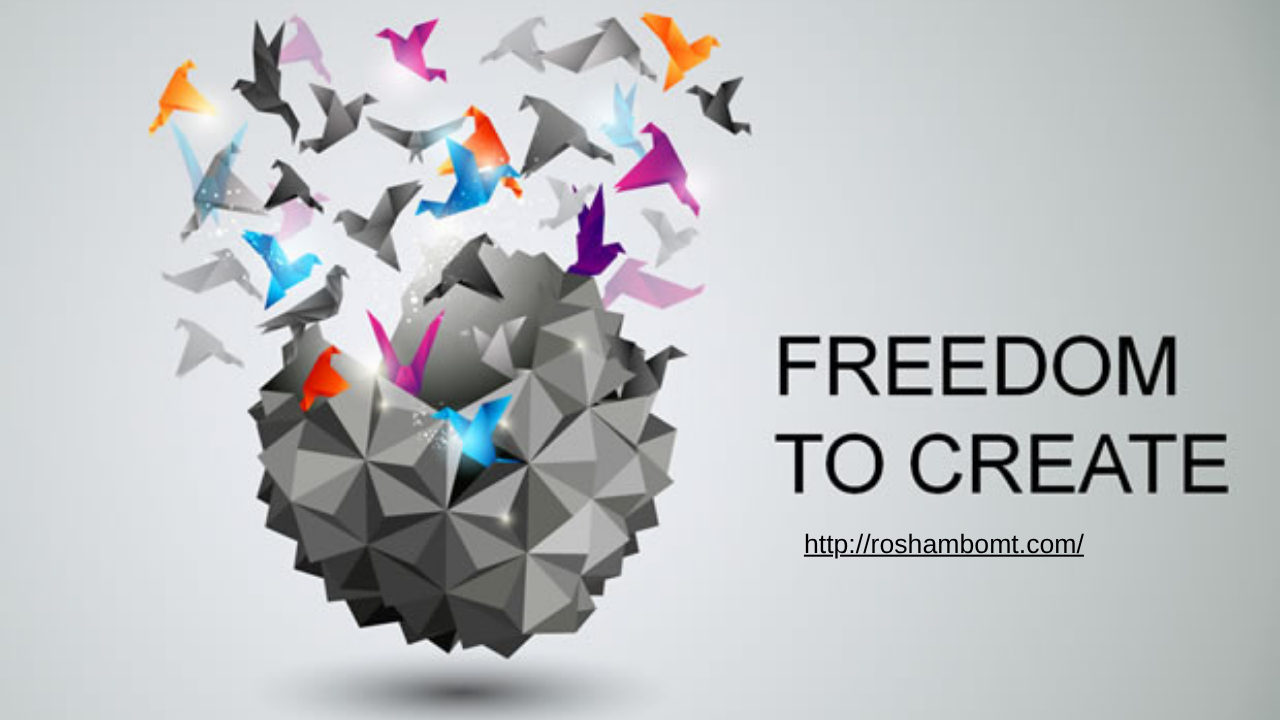 At first glance, creativity and structure may seem like opposites. Many artists fear that schedules and routines will limit their inspiration. Similarly, individuals in recovery may view rules and structured routines as restrictive. Yet, the truth is that structure can be the key to unlocking both creative freedom and personal wellness. At Roshambo, we understand that balance is essential. Through individualized, holistic, and faith-based care, we help clients establish routines that foster healing, resilience, and creative growth.
At first glance, creativity and structure may seem like opposites. Many artists fear that schedules and routines will limit their inspiration. Similarly, individuals in recovery may view rules and structured routines as restrictive. Yet, the truth is that structure can be the key to unlocking both creative freedom and personal wellness. At Roshambo, we understand that balance is essential. Through individualized, holistic, and faith-based care, we help clients establish routines that foster healing, resilience, and creative growth.
The Paradox of Structure and Creativity
How Routine Enhances Inspiration
Creativity often thrives within boundaries. When artists know when and where they will dedicate time to their craft, their minds are free to explore without distraction. Scheduled studio time, creative exercises, and reflection periods allow ideas to flow more naturally, turning fleeting inspiration into tangible work.
Similarly, structure in recovery provides predictability and safety. Daily routines reduce stress, improve focus, and help individuals manage cravings or emotional triggers. Just as a well-planned schedule can enhance creativity, structured habits in recovery provide the stability needed for lasting growth.
Why Structure Is Not Restrictive
Many people associate routine with rigidity, but effective structure is flexible and purposeful. It provides a framework while leaving room for spontaneity. Artists can experiment and explore during set times without feeling overwhelmed, and those in recovery can practice self-care and mindfulness while following consistent healthy habits. Structure creates freedom by clarifying priorities and reducing chaos.
Building a Creative and Healing Routine
Morning Practices for Clarity
Starting the day intentionally sets the tone for both creativity and recovery. Morning practices like journaling, meditation, or prayer help individuals focus, reduce anxiety, and cultivate self-awareness. For artists, this clarity allows ideas to emerge naturally. For individuals in recovery, it strengthens emotional resilience and reinforces commitment to personal growth.
Scheduled Blocks for Deep Work
Time blocking is an effective method to combine creativity with structure. Artists can dedicate uninterrupted periods to their craft, while recovery clients can allocate time for therapy sessions, group meetings, or personal reflection. By assigning specific time to meaningful activities, both creativity and healing become sustainable practices rather than sporadic efforts.
Reflection and Self-Care
Ending the day with reflection consolidates progress. Artists may review their work or note ideas for future projects. Recovery clients can reflect on personal achievements, challenges, and coping strategies. Self-care practices such as exercise, rest, and mindful breathing complement these routines, supporting both mental and physical wellness.
Community as a Catalyst for Growth
Support Enhances Discipline
No one thrives alone. Artists benefit from collaboration and feedback, and individuals in recovery benefit from guidance and connection. At Roshambo, community is central to our holistic approach. Group therapy, faith-based support, and peer networks provide encouragement, accountability, and inspiration. Structure within a supportive environment reinforces consistent effort and fosters long-term success.
Freedom Through Structure
Structure does not limit creativity or personal growth; it empowers it. By establishing routines, integrating mindfulness, and leaning on supportive communities, artists and individuals in recovery can achieve both wellness and creative fulfillment.
At Roshambo, we guide clients in creating balanced routines that support mental health, addiction recovery, and holistic growth. If you or a loved one are ready to turn structure into a tool for healing and creative freedom, reach out today. Together, we can help you build a life that is stable, inspired, and full of purpose.